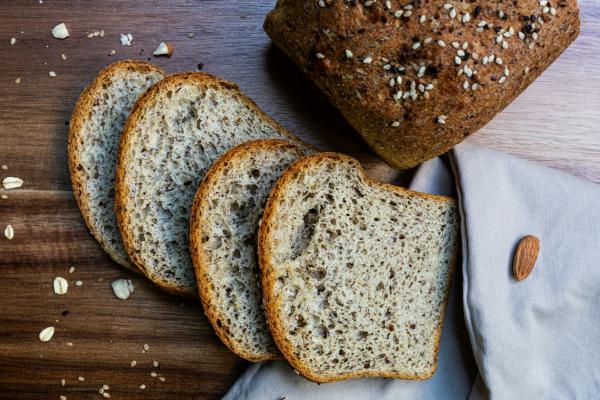


Bread is trendy, but standard bakery varieties are often high in calories and have minimal nutritional value. If you’re watching your weight or trying to eat healthier, regular bread can be challenging to incorporate into a calorie-controlled diet. Fortunately, there are now many excellent low cal bread options available. By making this switch, you can continue to enjoy toast, sandwiches, and more without exceeding your calorie budget.
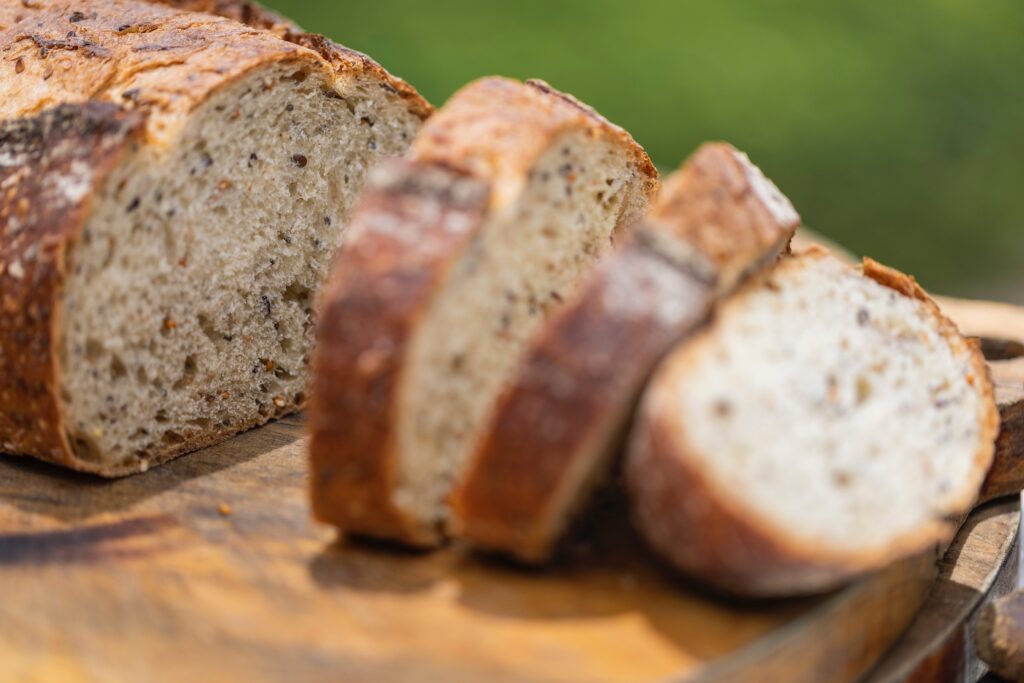
In this comprehensive guide, we will explore the different types of low calorie bread, evaluate the advantages and disadvantages of each, and offer advice on selecting and savoring healthier bread options. I aim to help you find nutritious, low-calorie bread varieties that align with your dietary goals and preferences.
Low-calorie bread refers to bread varieties that have fewer calories compared to regular bread slices. They typically contain 70-120 calories or fewer per serving, enabling individuals to incorporate bread into a calorie-controlled diet for weight loss or health objectives. Common types of low cal bread include whole grain, flatbread, pita, tortilla, and lower calorie sliced bread options.
Several main categories of bread generally contain fewer calories than traditional varieties. Let’s look at each one in more detail.
As the name implies, whole grains consist of the entire grain kernel, including the bran, germ, and endosperm. This makes them higher in fiber, nutrients, and protein than refined grains.
100% whole grain breads include whole wheat, oats, rye, and quinoa varieties. They typically contain 70- 120 calories per slice.
Light and crispy thin sandwich “breads” such as flatbreads, lavash, and matzos provide an alternative to sliced loaves. With 60-90 calories per piece, they satisfy cravings with fewer calories. Varieties made with whole grains add nutrients.
Low-calorie and diet bread is formulated to reduce the calorie count by removing fat, sugar, and sometimes fiber. These sliced breads contain approximately 45-80 calories, thanks to ingredient adjustments. Brands offer varieties such as white, wheat, and gluten-free.
Wraps made from pita, lavash, or large tortillas offer convenience, containing approximately 70-110 calories each wrap. Whole-grain versions increase the fiber content.
For those seeking to eliminate bread, crunchy vegetable “chips” made from cauliflower, broccoli, or sweet potato offer textures with minimal calories (30-50 calories per bag).
Whole grain varieties should be your go-to, low-calorie bread option when nourishing your body. Here are a few key reasons why:
Top picks include breads that contain 3 or more grams of fiber and 5 or more grams of protein per slice. The fiber and nutrients will keep you feeling satisfied on a low-calorie diet.
With the wide range of bread options available on grocery store shelves, it can be challenging to determine the healthiest choice. Use these tips when selecting a low calorie bread:
Once you’ve stocked up on nutritious low calorie bread options, it’s time to start enjoying them! Try incorporating bread into your diet in these satisfying, low-calorie ways:
Enjoying bread mindfully in small portions with lean protein and fiber-rich veggies makes it an integral part of a balanced, heart-healthy diet. Just be strategic with the type of bread and toppings chosen.
Yes, low cal bread can be part of a weight-loss diet when chosen wisely and portioned adequately. Switching to whole grain varieties high in filling fiber and nutrients is key.
In moderation as part of balanced meals, enjoying bread daily is normally acceptable for health. Keep portions moderate, with 1-2 slices, and pair them with lean protein, vegetables, and healthy fats.
When craving bread textures, options like crunchy vegetable “chips,” protein bars, nuts, or nut butter can satisfy hunger. Lettuce wraps are also a low-calorie alternative to sandwiches.
With some planning and experimentation, nutritious low calorie bread varieties have a place in a diet focused on weight loss or cleaner eating habits. Choosing whole grains high in fiber and pairing bread mindfully with other ingredients sets you up for success.
I hope this comprehensive guide has helped you understand your many lower-calorie bread options and how to enjoy them sustainably. Please feel free to reach out if you have any other bread or diet questions!








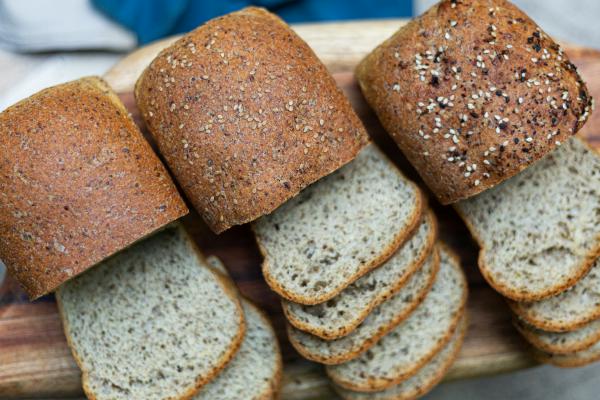


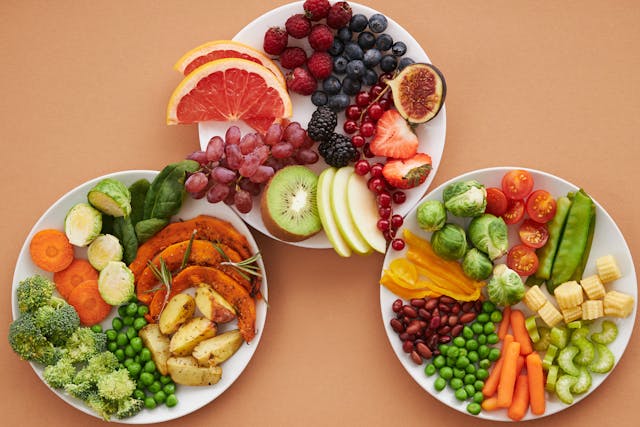






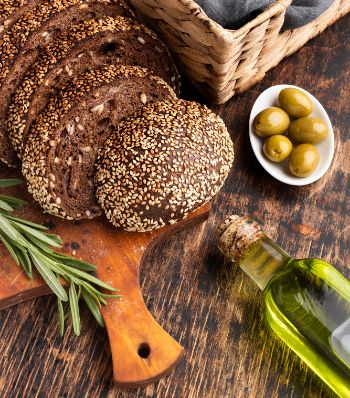

Sign up below to receive exclusive deals and be first to know when delicious new products are coming out.